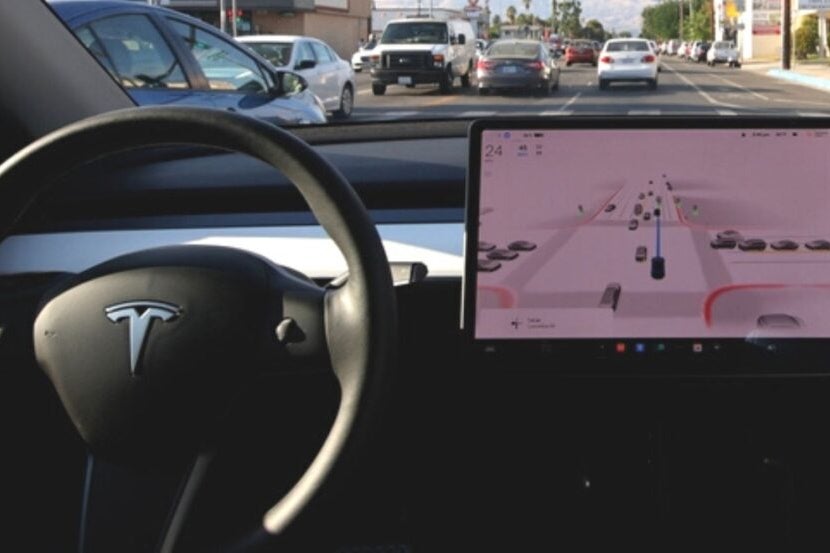Hackers Unlock Tesla’s $15,000 Software-Locked Features: ‘Jailbreaking’ – Tesla (NASDAQ:TSLA)
Hackers have discovered an exploit to unlock Elon Musk’s Tesla’s TSLA software-locked features, Electrek reports.
A group of security researchers at TU Berlin found a weakness in Tesla’s onboard computer, enabling them to unlock features such as heated seats, acceleration boost, and the Full Self-Driving package. These features, typically activated by owner payment or subscription, can cost up to $15,000.
The hack, dubbed “Tesla Jailbreak,” requires physical access to the vehicle and involves a “voltage fault injection attack” on the AMD-based infotainment system. The researchers claim their exploit is “unpatchable” and allows the running of “arbitrary software on the infotainment.”
Despite the exploit, the hackers believe Tesla’s security is superior to other automakers. They plan to present their findings in a presentation titled “Jailbreaking an Electric Vehicle in 2023 or What It Means to Hotwire Tesla’s x86-Based Seat Heater” next week.
Image via Shutterstock
Read Next: Tesla, Rivian Could Clash In California Court Over Trade Secrets Issue: What You Need To Know
Engineered by Benzinga Neuro, Edited by
Pooja Rajkumari
The GPT-4 Benzinga Neuro content generation system exploits the extensive Benzinga Ecosystem, including native data, APIs, and more to create comprehensive and timely stories for you.
Learn more.



